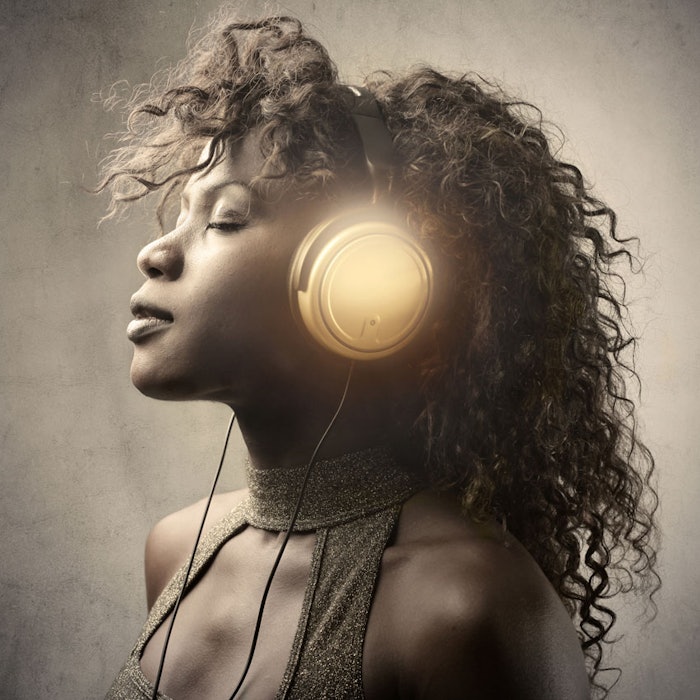
Music can be one of life's most influential sensory experiences, crescendoing its way into our neuronal networks and very being. It evokes deep emotion, stirring up old memories or giving us new hope. It can even set the pace at the gym for a good workout, or in the car, if you're not careful, earn you a speeding ticket (trust me).
The point is, it influences the way we think. In fact, many great scientists in the industry have a musical or artistic hobby. Concidence? I doubt it, especially considering all the recent work happening in the realm of synesthesia.
A great example is dsthe award-winning paper presented at the IFSCC Congress last month, on "Sonification: Translating Product Performance into Sound." Here, Damien Velleman of Nihon L'Oréal showed how the tactile experience of hair could be translated to sound. For instance, smooth, soft hair matched the gentle glide of a harp.
Industry expert John Jiménez, of Belcorp, has spent his career in the neuromarketing area and thinks synesthesia has potential to be the next big movement for personal care. "I am sure we will see new product launches around this concept very soon," he said. In fact, years ago, perhaps ahead of its time, we featured a formula for a "ringing gel hair pomade" in our Cosmetics & Toiletries Bench Reference. Maybe its time has come.
The concept of crossing sensory boundaries is perhaps most prominent in the flavor and fragrance industry, especially considering how the very organs for these sensations are biologically connected. But Oxford researchers turned this duet into a triplet, as The Daily Mail recently reported.
"Listening to different musical notes while eating chocolate can change how the sweet treat tastes," it reported. "Food scientists have found they can alter the sensation of creaminess in a piece of chocolate by playing different sounds to people as they eat."
This report explained that a series of soft notes could make a piece of dark chocolate taste more creamy. Short, sharp notes plucked on a violin can make the same chocolate taste sharper or bitter. The research was published online in advance of the January edition of Appetite.
According to another source, RT, which reported on this study, Felipe Reinoso Carvalho, an author of the study, said that the experiment showed that sound not only influences taste but also the subtler qualities of food.
“It is totally about textures. It is not in the scope of taste anymore, it is in the scope of flavors, which are much more complex. Creaminess is much more related to consonant harmonics, legato and reverberation. Roughness is an opposite auditory universe,” he said. The report added that the authors are developing real-world uses for their findings, including working with Belgian chocolatiers to market boxes with special soundtracks.
How might this apply to personal care? Sensory cues such as textures, perhaps, as the chocolate study revealed. Also, according to Jiménez, maybe in skin care. "One of the next (applications) we could see is whether music can improve or boost skin hydration." Or at the very least, consumers' perception of it.










